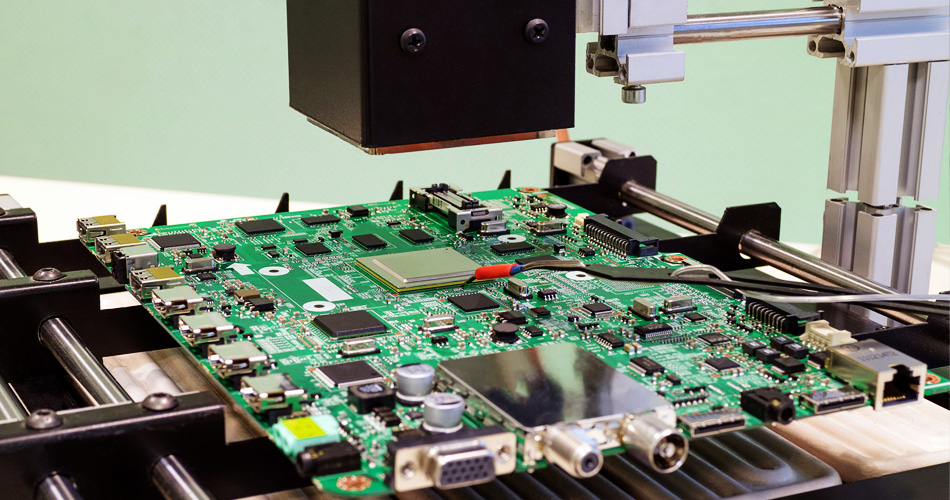- English
- Español
- Português
- русский
- Français
- 日本語
- Deutsch
- tiếng Việt
- Italiano
- Nederlands
- ภาษาไทย
- Polski
- 한국어
- Svenska
- magyar
- Malay
- বাংলা ভাষার
- Dansk
- Suomi
- हिन्दी
- Pilipino
- Türkçe
- Gaeilge
- العربية
- Indonesia
- Norsk
- تمل
- český
- ελληνικά
- український
- Javanese
- فارسی
- தமிழ்
- తెలుగు
- नेपाली
- Burmese
- български
- ລາວ
- Latine
- Қазақша
- Euskal
- Azərbaycan
- Slovenský jazyk
- Македонски
- Lietuvos
- Eesti Keel
- Română
- Slovenski
- मराठी
- Srpski језик
Embedded system and microcontroller selection in PCBA design
In PCBA design, choosing the right embedded system and microcontroller is crucial because they will directly affect the product's performance, functionality, and cost. The following are key factors to consider when selecting embedded systems and microcontrollers:

1. Functional Requirements:
First, clearly define the functional requirements of the product in PCBA design, including input/output interfaces, communication protocols, performance requirements (such as processing speed and storage capacity), etc.
2. Processor Performance:
Choose a microcontroller with appropriate performance based on your product's computing needs. For high-performance applications, multi-core processors may be required.
3. Power Management:
Consider the power management needs of the product and select a microcontroller with low-power features to extend battery life or reduce energy consumption.
4. Communication Interface:
Make sure the microcontroller supports the required communication interfaces such as UART, SPI, I2C, USB, Ethernet, etc. to communicate with other devices or networks during PCBA design.
5. Memory and Storage:
Make sure the microcontroller has enough memory (RAM and Flash) to run the application and store data.
6. Integrated Sensors:
If the product needs to interact with various sensors (such as accelerometers, gyroscopes, temperature sensors, etc.), make sure the microcontroller has the appropriate interfaces and supporting libraries.
7. Development Tools and Ecosystem:
Consider the development tools, documentation, and community support provided by the microcontroller vendor. A strong ecosystem can speed up the development process during PCBA design.
8. Cost:
Make sure the cost of the selected microcontroller fits within the product's budget, taking into account volume production costs and parts availability.
9. Reliability and Temperature Range:
For industrial or automotive applications during PCBA design, ensure that the microcontroller is sufficiently reliable and adaptable to a wide temperature range.
10. Security:
If the product requires security, choose a microcontroller that supports encryption and secure boot capabilities.
11. Updates and Maintenance:
Consider the product's firmware update and maintenance needs and choose a microcontroller that supports remote updates and management.
12. Long-term Support:
Find out about your vendor's long-term support plans to ensure your chosen microcontroller will remain available into the future.
When selecting embedded systems and microcontrollers, you need to weigh the above factors and make an informed decision based on the specific needs of the product. Generally, for PCBA design, choosing a microcontroller that is reliable and meets product requirements is key, as it will play an important role throughout the product life cycle.
Send Inquiry
-
Delivery Service






-
Payment Options









